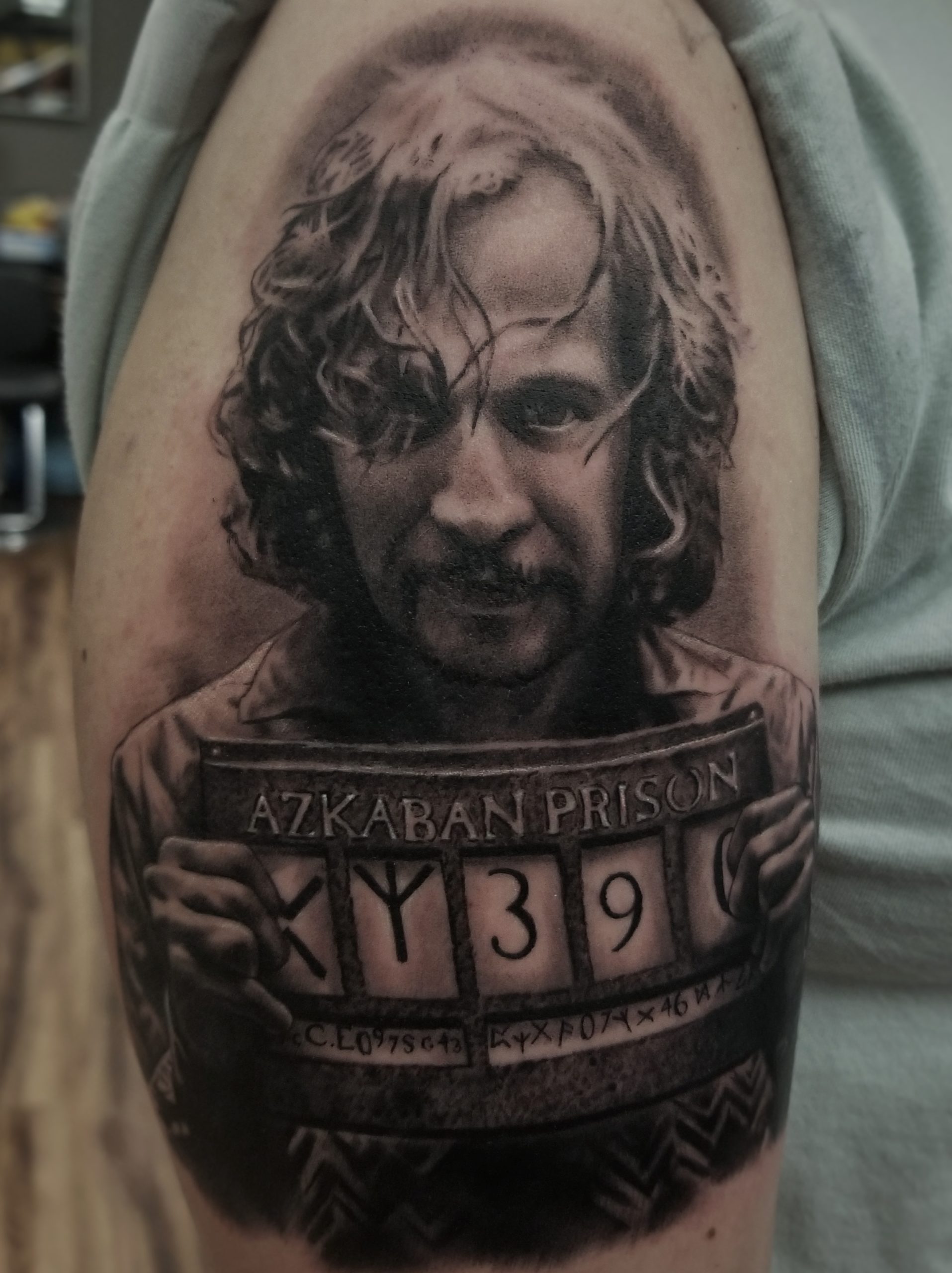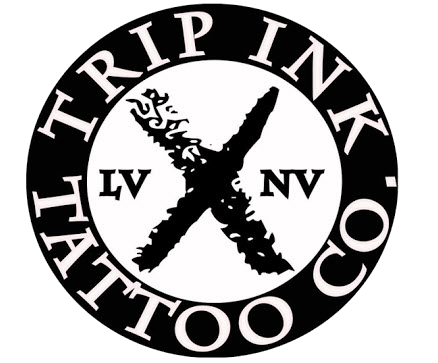
From Traditional Techniques to Modern Styles
Tattoos have always served as powerful expressions of identity, community, and artistry, and the History of Custom Tattoos stretches back thousands of years—from the hand-punctured designs of Polynesian voyagers and the intricate irezumi of feudal Japan to the precision machines and innovative inks of today’s studios—illustrating an evolution driven by cultural exchange, technological breakthroughs, and the ever-expanding creativity of tattoo artists worldwide.
Understanding the History of Custom Tattoos: Ancient Beginnings in Polynesia and Beyond
The story of the History of Custom Tattoos begins with the Polynesian islands, where early tattooists used bone needles and natural pigments to etch symbolic motifs into skin as rites of passage and markers of social rank, a tradition so esteemed that the very word “tattoo” derives from the Tahitian term tatau; similarly, in places as far-flung as ancient Egypt and the indigenous tribes of North America, inked designs communicated tribal affiliations, spiritual protection, and life milestones, all of which laid the groundwork for today’s multifaceted approach to custom body art.
Traditional Tattooing Methods and Their Influence on Contemporary Artistry
As the History of Custom Tattoos unfolded, traditional methods—such as hand-poking (also called stick-and-poke) and bamboo-stick techniques still practiced in parts of Southeast Asia—remained valued for their organic feel and cultural authenticity, inspiring modern tattooers to integrate those tactile rhythms into machine-powered work by emphasizing line quality and shading techniques that echo the subtle gradations achieved with hand tools, and while many contemporary artists wield rotary or coil machines for efficiency, they often pay homage to ancestral craftsmanship by calibrating needle depth and speed to replicate the softer, less aggressive impressions of traditional puncture methods.
How the History of Custom Tattoos Shaped Western Tattoo Culture in the 20th Century
When sailors and soldiers brought tribal motifs and port-city inkers imported techniques like Daniel Riley’s stick-and-poke into the shape-driven flash art of Europe and America, the History of Custom Tattoos entered a new chapter marked by pioneers such as Norman “Sailor Jerry” Collins, whose bold lines and maritime imagery established the flash-card aesthetic still beloved in many shops today, while postwar advancements—like the patented coil tattoo machine invented by Samuel O’Reilly in 1891—enabled faster sessions, ushering in the age of personalized sleeve projects, cover-ups, and photorealistic portraits that define modern custom work.
Innovations in Tattoo Technology Fueling Modern Custom Styles
Building on the foundations of the History of Custom Tattoos, technological innovations over the past few decades have revolutionized the industry by introducing magnetic rotary machines that reduce vibration for smoother shading, ergonomic grips for longer sessions, and a rainbow of vegan-friendly inks that offer greater longevity and biocompatibility, while digital stencil printers allow artists to transfer complex designs onto the skin with millimeter precision, empowering the creation of hyper-detailed wildlife illustrations, watercolor washes that mimic brush strokes, and micro-realistic images that require unparalleled control.
Contemporary Expressions in Custom Tattooing: From Realism to Abstract Geometry
Reflecting the dynamic History of Custom Tattoos, today’s trends encompass a broad spectrum of styles—from ultra-fine-line portrait realism and bold neo-traditional motifs to ethereal watercolor blends, abstract geometric compositions, and even UV-reactive inks used for hidden designs—each innovation spurred by artists’ desire to push the boundaries of what can be achieved with skin as their canvas, and with specialized pigments and multi-needle cartridges, experimental approaches like dot-work mandalas and stereoscopic anamorphic tattoos have become accessible to clients seeking one-of-a-kind pieces that transcend mere decoration.
The Role of Personal Storytelling in Shaping the History of Custom Tattoos
While technology has played a pivotal role in advancing the History of Custom Tattoos, at its core this art form remains rooted in personal narratives, as modern custom tattoos fuse an individual’s memories, passions, and aspirations into bespoke designs through in-depth consultations, digital mockups, and iterative refinement, ensuring that each session with an artist evolves from a casual idea into a meticulously crafted emblem of life experiences—whether commemorating family heritage with a Polynesian sleeve or capturing a transformative moment with a minimalist line drawing.
Las Vegas: A Unique Canvas for Tattoo Culture and Small Business Innovation
Las Vegas, known worldwide for its dazzling Strip, thriving entertainment industry, and cosmopolitan energy, also boasts a vibrant local community where small businesses like Trip Ink Tattoo cater to both residents and visitors seeking meaningful body art, and beyond the neon lights and luxury resorts, neighborhoods like Henderson and Summerlin offer homeowners a welcoming environment where personalized services flourish, making Trip Ink Tattoo a go-to destination for locals who value skilled craftsmanship, clean facilities, and the creative flair that defines the city’s ever-evolving cultural tapestry.
How Trip Ink Tattoo Advances the Next Chapter in the History of Custom Tattoos
At Trip Ink Tattoo, we honor the History of Custom Tattoos by blending time-tested techniques with modern innovations in our Las Vegas studio—located at Trip Ink Tatto —where every artist holds certifications in bloodborne pathogen safety and sterile protocol, and whether you’re drawn to a hand-poke botanical design inspired by Polynesian symbolism or a full-color neo-traditional commission utilizing the latest rotary equipment, our team collaborates closely with you to refine line art in our online portfolio and schedule sessions that fit your lifestyle, ensuring a seamless journey from concept to healed masterpiece.
Booking Your Custom Tattoo Experience at Trip Ink Tattoo
Ready to explore how a personalized ink creation can commemorate your story? Visit our Contact page to schedule a consultation with one of our seasoned artists, review pre-session guidelines, and learn about aftercare essentials, or call us directly at (702) 555-INKS to start the conversation—because in Las Vegas, where the next show-stopping moment is always just around the corner, Trip Ink Tattoo is committed to making your custom design as unforgettable as the city that inspires it.
Frequently Asked Questions (FAQs)
The History of Custom Tattoos traces back over 3,000 years to ancient Polynesia and Egypt, where early practitioners used natural pigments and improvised tools to create meaningful body markings, evolving through Japanese irezumi, Western flash art innovations by Sailor Jerry, and today’s high-tech studios that utilize rotary machines and digital stencils.
Traditional techniques such as hand-poking and bamboo stick methods influence modern custom work by inspiring artists to focus on subtle shading, organic line weight, and cultural symbolism, even when using advanced machines—often resulting in hybrid styles that honor ancestral practices while leveraging contemporary tools.
Yes, today’s inks are formulated for safety and longevity, often vegan and free of heavy metals, and must comply with FDA guidelines for cosmetic pigments, making them considerably safer than early 20th-century formulations that sometimes contained toxic substances.
Absolutely—clients are encouraged to bring reference images, sketches, or inspiration boards for a collaborative consultation, after which your artist will create a custom stencil that reflects your vision while ensuring optimal flow and placement on the body.
Aftercare is essential: keep the area clean with mild, fragrance-free soap, apply a thin layer of our recommended healing ointment, avoid direct sun exposure and soaking for at least two weeks, and follow your artist’s specific instructions to ensure vivid, long-lasting color and crisp line work.

